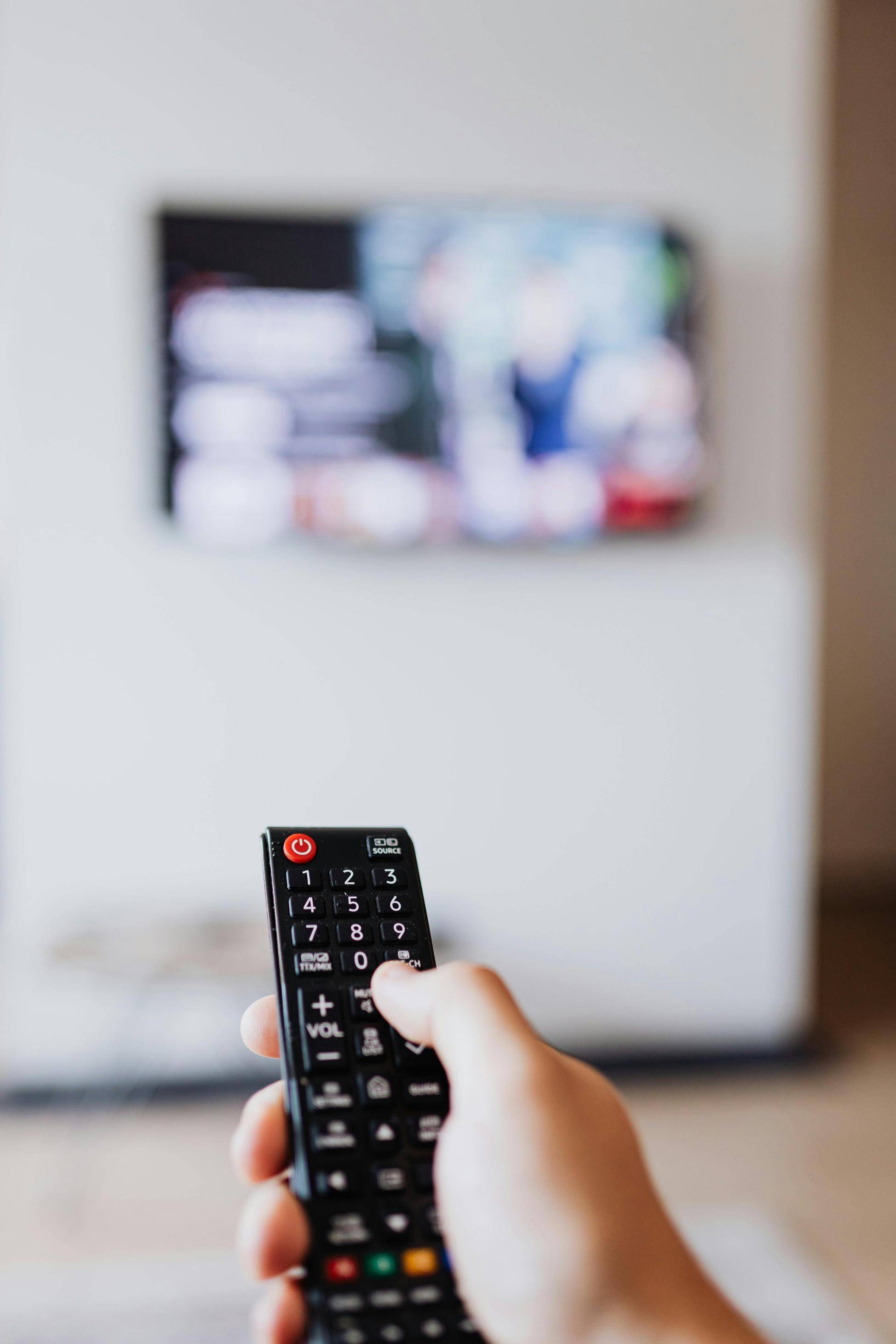How to Set Up VLC Media Player on LG TV
Introduction
Setting up VLC Media Player on an LG TV can significantly enhance your viewing experience. Known for its versatility and extensive format support, VLC Media Player enables you to stream content directly from your computer to your LG TV. Whether you want to watch movies, listen to music, or display photos, this guide will help you achieve seamless streaming. In this article, we'll cover everything from checking compatibility, installing VLC, configuring settings, and troubleshooting common issues.

Check Compatibility
Before diving into the installation process, it's crucial to confirm if your LG TV is compatible with streaming from VLC Media Player. Most modern LG TVs offer support for DLNA/UPnP, the technologies required for media sharing over a network. To check compatibility:
- Find Your Model: Look for your LG TV model number, typically found on the back of the TV or in the settings menu under 'About This TV.'
- Consult the Manual: Visit LG's official website and search for your model's specifications, confirming the support for DLNA/UPnP.
- Check Firmware Version: Ensure your TV’s firmware is up-to-date to support the latest media streaming features.
Once you've confirmed compatibility, you're ready to proceed with downloading and installing VLC Media Player on your computer.

Download and Install VLC Media Player on Your Computer
To start streaming, you first need to install VLC Media Player on your computer. Follow these steps to download and install it effectively:
- Visit the Official Website: Go to the official VLC website.
- Download the Installer: Click on the 'Download VLC' button suitable for your operating system (Windows, macOS, Linux).
- Run the Installer: Once the download is complete, open the installer file and follow the on-screen instructions to install VLC.
- Launch VLC Media Player: After installation, launch VLC Media Player to proceed with the configuration.
Now that you have VLC Media Player installed, the next step involves configuring it for network streaming to your LG TV.
Configure VLC Media Player for Streaming
To stream content from VLC to your LG TV, some configurations within VLC are necessary. Here’s how to set it up:
Enable DLNA/UPnP Features
- Open Preferences: In VLC, navigate to 'Tools' > 'Preferences' or press
Ctrl+P. - Switch to All Settings: At the bottom of the window, select 'All' under the 'Show settings' section.
- Navigate to Stream Output: Expand 'Stream output' and click on 'Sout stream.'
- Select UPnP: Enable 'UPnP' or 'DLNA' by checking the respective boxes.
- Save Changes: Click 'Save' to apply the settings.
With DLNA/UPnP enabled in VLC Media Player, you’re now prepared for setting up your LG TV for network streaming.

Set Up Your LG TV for Network Streaming
To ensure a smooth experience, configure your LG TV settings to work seamlessly with VLC Media Player. Here's how:
Network Requirements
- Stable Wi-Fi: Ensure your TV is connected to a stable Wi-Fi network shared with your VLC-installed computer.
- Sufficient Bandwidth: Having at least 20 Mbps of network bandwidth is recommended for high-quality streaming.
LG TV Settings Configuration
- Access Settings: Navigate to your LG TV’s settings menu using the remote control.
- Go to Network Settings: Select 'Network' and ensure your TV is connected to the same Wi-Fi network as your computer.
- Enable DLNA: Under 'Network,' select 'Media Sharing' or 'DLNA' and enable it.
- Confirm and Save: Save the settings and exit the menu.
With your LG TV networked and configured, you're ready to stream content from VLC Media Player.
Stream Content from VLC to LG TV
Now, let’s dive into the actual streaming process. Here are the steps to follow:
Connecting via Wi-Fi
Ensure both your computer and LG TV are connected to the same Wi-Fi network for a seamless streaming experience.
Streaming Steps
- Open VLC Media Player: Launch VLC on your computer.
- Open the Media File: Click on 'Media' > 'Open File' and select the video, audio, or playlist you want to stream.
- Stream the Media: Under 'Media,' click on 'Stream,' then add the file you wish to play. Click 'Stream' again.
- Set Stream Output: In the 'Stream output' window, select 'New destination' > 'UPnP' and then your LG TV from the list.
- Start the Stream: Click 'Stream' to start streaming the selected media to your LG TV.
Troubleshooting Common Issues
Sometimes, you may face difficulties. Here are a few common problems and their solutions:
- No Devices Found: Ensure DLNA is enabled on both VLC and your TV, and both are on the same Wi-Fi network.
- Buffering or Lag: Check your network connection for stability and bandwidth.
- File Format Issues: Ensure that VLC supports the media format you are trying to stream.
Additional Tips for Optimal Streaming
- Keep Firmware Updated: Regularly update both your VLC Media Player and LG TV firmware to avoid compatibility issues.
- Use Wired Connection: For better stability, consider using Ethernet connections for both your TV and computer.
- Close Background Apps: On your computer, close unnecessary applications to free up resources for smoother streaming.
Conclusion
Setting up VLC Media Player on your LG TV allows you to enjoy a wide range of media formats with the convenience of streaming over your home network. By following these steps, you should be able to achieve a seamless connection, providing a richer media experience in your living room.
Frequently Asked Questions
Can I Use VLC Without DLNA/UPnP?
Yes, you can use alternative methods such as HDMI cables or Chromecast to stream content from VLC to your LG TV.
What Should I Do if the Video Quality is Poor?
Ensure that your network connection is stable and has sufficient bandwidth. Also, check if the original media file is of high quality.
How Can I Update VLC Media Player and LG TV Firmware?
For VLC, go to 'Help' > 'Check for Updates.' For LG TV, navigate to 'Settings' > 'About This TV' > 'Check For Updates,' and follow the prompts.



